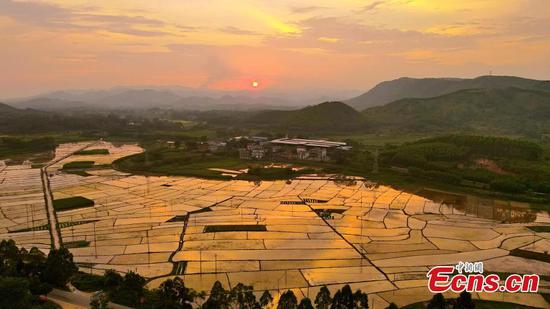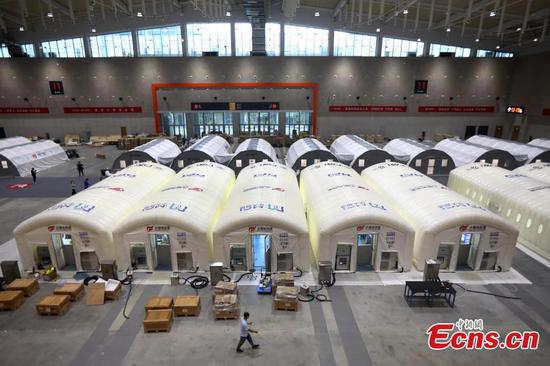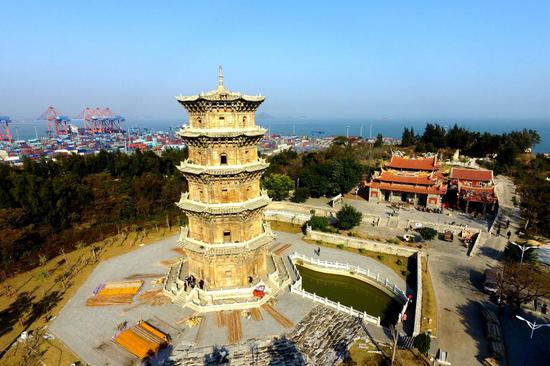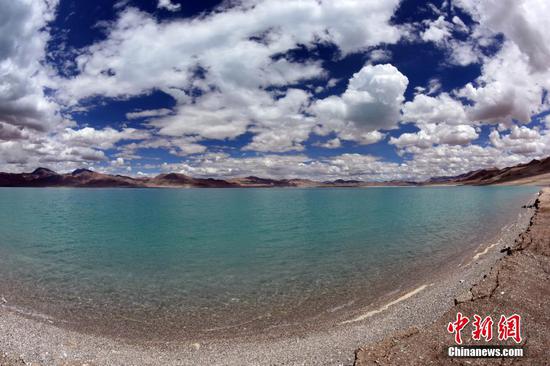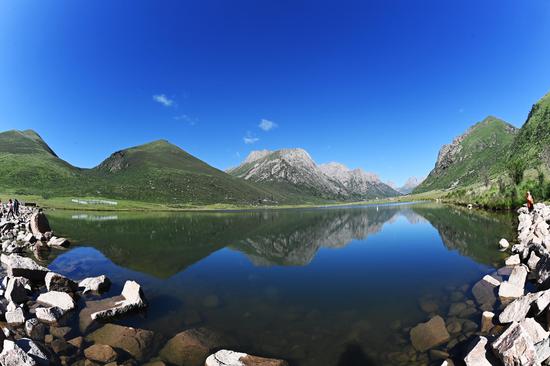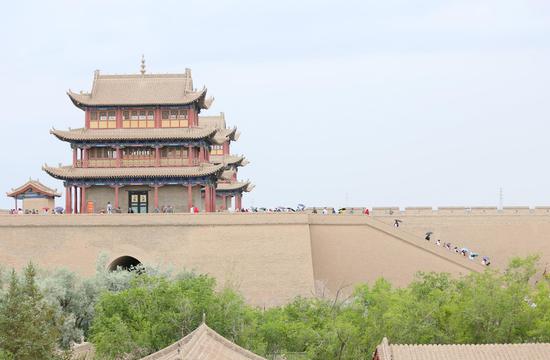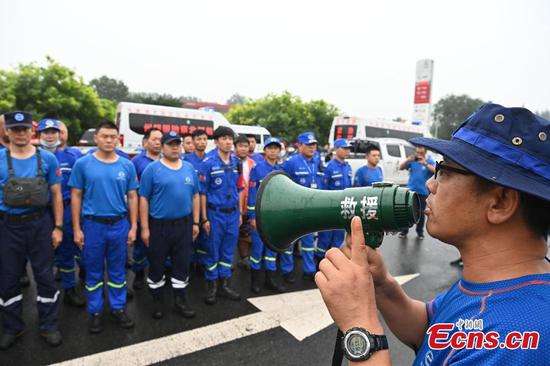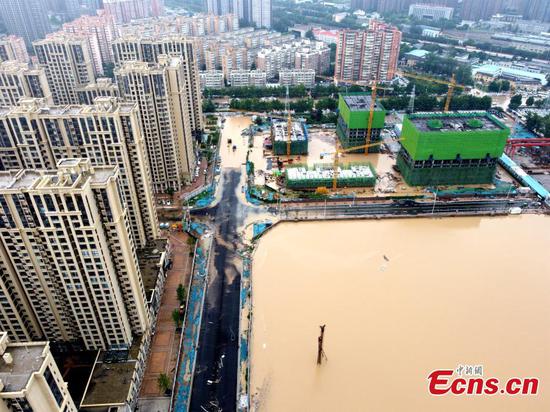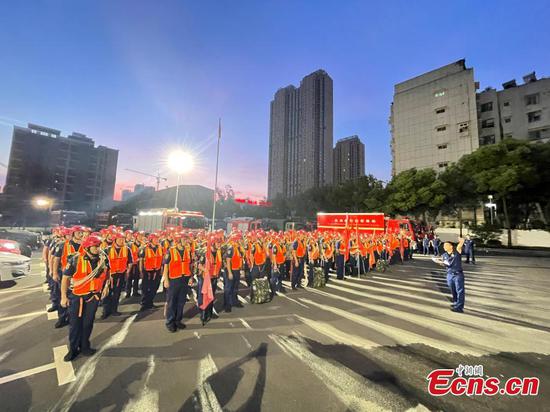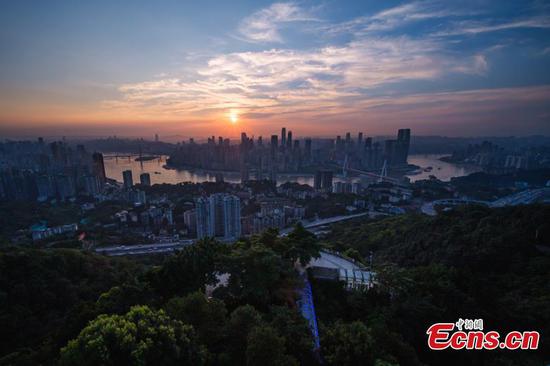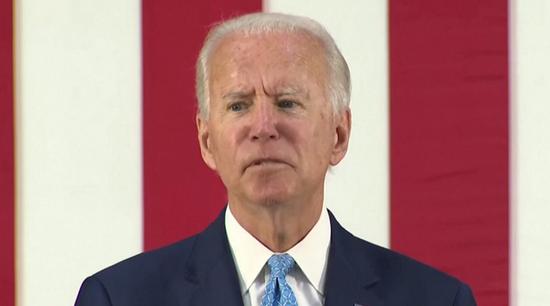CONNECTIVITY: ROADS, INTERNET AND INFRASTRUCTURE
Having lived in China for most of the past 24 years and having first traveled to Tibet in 2001, Shaun Rein, founder and managing director of China Market Research Group, had feared his return to the region would be a journey back in time to the Tibet of old, to a region left behind by the rest of the country.
"Tibet was so poor when I came here the first time," Rein said, recalling long bumpy journeys along winding dirt roads that left him clutching for a barf bag.
Before his return to Tibet, Rein planned for the worst and told his team they would probably not be able to reach him due to a lack of access to phone or Internet.
Yet Rein was in for a pleasant surprise. Today, fast highways connect the capital city of Lhasa to other smaller cities throughout the region, while cell phone towers dot the landscape providing incredible Internet speeds.
Rein was shocked by the changes in Tibet's transport sector over the last 20 years, even if they paled in comparison to those witnessed by Epstein as he took a grinding 12-day trip by jeep and truck convoy from Chengdu in Sichuan Province to Lhasa in 1955.
"Even that seemed wonderfully speedy then," Epstein wrote, recalling his first visit to Tibet in his book. "For thousands of years in the past, the only transport had been by yak or mule caravan -- six months being considered good time for the trip."
Since 1951, Tibet has gradually built a comprehensive transport network composed of highways, railways and air routes.

The Fuxing bullet train of the Lhasa-Nyingchi railway arrives in Nyingchi, southwest China's Tibet Autonomous Region, June 25, 2021. (Xinhua/Jigme Dorje)
According to a white paper issued by China's State Council Information Office in May, 118,800 km of highways have been built, providing access to all administrative villages in the region. Ninety-four percent of towns and 76 percent of administrative villages now have direct access to asphalt and concrete roads.
Building and fixing roads in Tibet can be very costly, and many of the roads are underused due to the low population density in more remote parts of the region, according to Dong Gengyun, a Beijing official who has been sent to Lhasa on a three-year assignment to support Tibet's development.
"But we have to do it, because we're not here for sightseeing, but to help develop the local economy and improve people's livelihoods," Dong said.
David Blair, vice president and senior economist at the Beijing-based Center for China and Globalization, regards infrastructure spending as critical because it allows people to run businesses. In Tibet, he saw people setting up B&Bs and even innovation centers.
"In many remote areas of the United States, you cannot get high-speed Internet either by wireless or wired network, and there's no incentive to provide it," Blair said, amazed by the "great 4G connectivity in a little village in the middle of Tibet."








